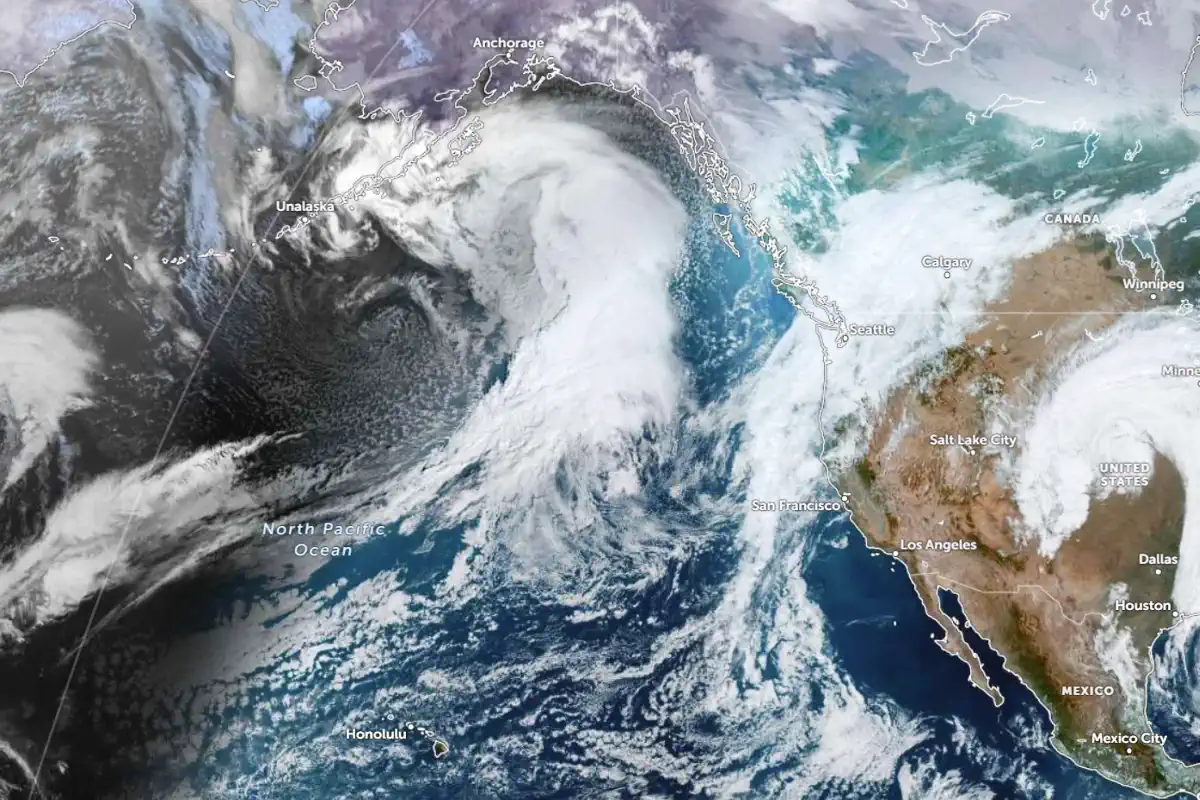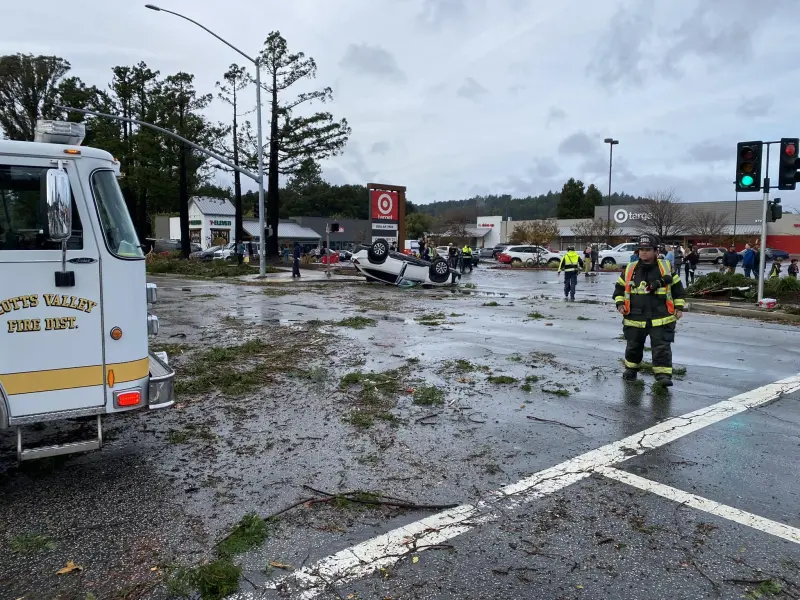
Northern China's Unprecedented October Freeze: A Deep Dive into the 2024 Cold Snap
Northern China experienced an unusually intense and prolonged cold spell in mid-October 2024, shattering temperature records across the region. This event, far exceeding the typical autumnal chill, warrants a closer examination of its meteorological causes, its impacts, and its potential implications for future climate predictions.
The Record-Breaking Cold:
The cold wave, peaking around October 20th, 2024, led to at least 21 weather stations across northern China reporting record-low temperatures for the mid-October period. This wasn't a mere slight dip below average; these were significant deviations, marking a historically cold event.
The most dramatic example comes from Beijing itself. The capital city saw temperatures plummet below freezing (0°C or 32°F) on Sunday, October 20th, marking only the seventh time this has occurred in recorded history during the mid-October period. The Najiao station within Beijing registered a chilling -4.1°C (24.6°F), surpassing the previous record of -3.9°C (25.0°F) set on October 20, 2007. This underscores the exceptional nature of the cold snap.
Further north, the situation was even more extreme. Erenhot station in Inner Mongolia plummeted to a bone-chilling -12.1°C (10.2°F), shattering the previous mid-October record of -11.5°C (11.3°F) set on October 18, 2010. Similarly, the Ulanqab station registered a new record low of -11.6°C (11.1°F), surpassing its previous record of -8.5°C (16.7°F) established on October 19, 1956. These records, spanning decades, highlight the unprecedented nature of the 2024 cold wave.
Meteorological Factors: Unraveling the Cause:
While pinpointing the exact cause requires detailed meteorological analysis, several contributing factors likely played a crucial role:
Arctic Oscillation (AO):
A negative phase of the AO is often associated with colder-than-average temperatures across northern Eurasia. A strong negative AO could have channeled frigid Arctic air southward, pushing the cold front deeper into China than usual.
Siberian High:
The development of a robust Siberian high-pressure system could have acted as a "cold air dam," trapping the frigid air over northern China and preventing its dissipation. This is a common mechanism for prolonged cold spells in the region.
Weakened Westerlies:
A weakening of the westerly winds, which typically transport milder air from the west, could have reduced the influx of warmer air, allowing the cold air mass to persist.
Complex Interactions:
It's highly probable that the cold snap resulted from a complex interplay of these atmospheric patterns, with the specific timing and intensity influenced by subtle variations in each factor. Further research utilizing advanced climate models and reanalysis data is crucial for a more precise understanding of the event's causation.
Impacts and Consequences:
The sudden and severe cold wave had several immediate impacts:
- Agriculture: The unexpectedly low temperatures likely caused significant damage to late-season crops, especially those sensitive to frost, potentially leading to reduced yields and economic losses for farmers.
- Infrastructure: The extreme cold stressed infrastructure, particularly power grids, potentially causing disruptions and increased energy demands.
- Public Health: The sharp temperature drop could lead to an increase in respiratory illnesses and other health problems, particularly amongst vulnerable populations.
- Transportation: Road closures and delays were likely due to icy conditions and snowfall in some areas.
Long-Term Implications and Future Predictions:
While a single event doesn't necessarily signify a long-term climate trend, the severity and unusual timing of this cold snap raise important questions regarding the future.
- Climate Change Paradox: The complexity of climate change means it doesn't solely lead to warming. Shifts in atmospheric circulation patterns can lead to more frequent and intense cold snaps, even within a warming climate. This event could be an example of this paradox.
- Increased Variability: It's possible that climate change will lead to increased variability in weather patterns, resulting in more extreme temperature swings both hot and cold.
- Need for Improved Forecasting: This event highlights the need for improved weather forecasting and early warning systems to better prepare for such unexpected events.
The mid-October 2024 cold wave in northern China was a remarkable event, shattering numerous temperature records and underscoring the unpredictable nature of weather patterns. While further research is needed to fully understand the contributing factors and long-term implications, this event serves as a stark reminder of the importance of ongoing climate monitoring, improved forecasting capabilities, and the need for robust strategies to mitigate the risks associated with increasingly unpredictable weather phenomena. This cold snap wasn't just a historical anomaly; it's a data point that needs to be integrated into our evolving understanding of climate change and its multifaceted effects.
Chief forecaster and ideologist of the weather forecast service Pogodnik. Co-author of scientific articles and specialized content for various online media.




